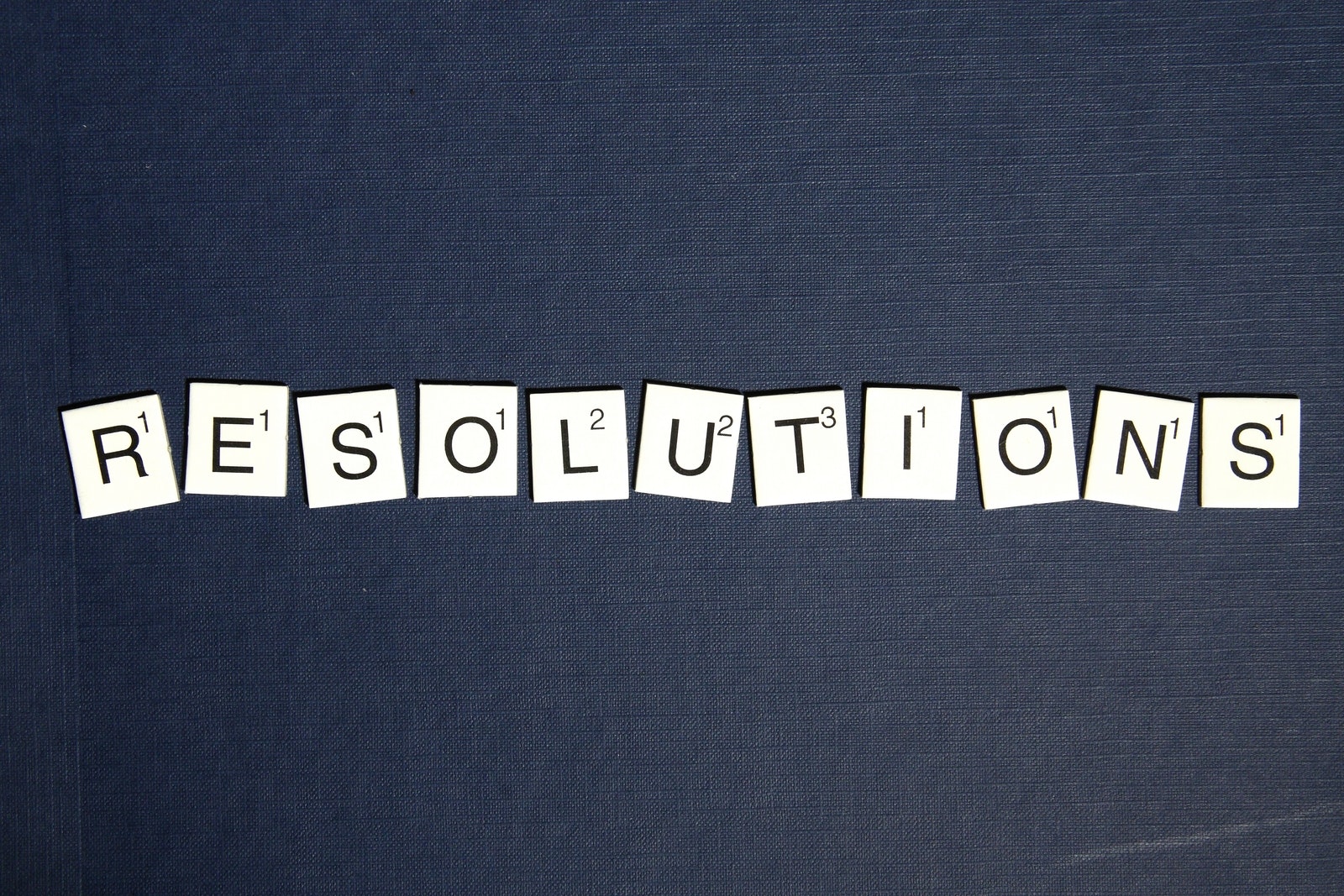For PR agencies, winning new business is an imperative for growth, but it’s only half the battle. For those of us who work with entrepreneurial businesses, or really any results-oriented company, the next pressure point is a strong start. We never want a client to be asking, “what’s next?” so we need to get a jump on their expectations, and that means moving fast.
A quick start for a PR campaign can raise confidence among external (or internal) clients and lay the groundwork for a successful long-term program.
Here are five things that PR people should know and do to get things moving quickly, without sacrificing quality.
Immersion is key to great PR
Paradoxically, it takes time to go fast. A great deal rests on the quality of the PR team’s immersion. Understanding a client’s business is fundamental, and a good agency will know what makes it tick, setting the pace for the planning and execution. When good recon is traded for a ‘learn as you go’ approach, the entire campaign could falter — especially if a PR team must service multiple business units at once. A recent example here at Crenshaw involved a program where B2C, B2B and B2B2C initiatives were designed to complement each other and generate simultaneous awareness for a security brand. Each segment had different distribution channels and end users, so a working knowledge of their business was needed to create the proper strategies. What that usually means is an in-person visit to the client, or at minimum a half-day skype session where we interact with all key officers. One high-quality discussion is worth a thousand powerpoint decks.
Set a communications cadence early
Whether inside a corporation or at a PR agency, the typical campaign isn’t easily quantified early in the campaign. That makes establishing a clear communications protocol and rhythm with a new client important from the start. Doing so communicates that the PR team is proactive, transparent, and ready to lead. Once a PR program gets going, teams should decide on a weekly day and time for client calls, determine who the daily point-of-contact will be and be sure to interact with a client at least 2 – 3 times per day to make them feel the value of their investment.
Be aggressive in getting all assets
Even after the initial immersion, PR teams must often push for key startup assets from a new client — things like past coverage, executive speeches, marketing calendars, customer stories, and more. Beyond archived and published content and plans, there’s also likely to be “thought capital” in the minds of C-level executives and marketing leadership. It always pays to include leadership in the onboarding process, of course, but one-on-one follow-ups may also be necessary. This isn’t a time to be shy; our fuel is information and insight, and even if it takes a few days to go through historical assets and arrange phone calls, there’s no better way to maximize the first month of outreach.
Get your PR plan together
The PR plan is a principal piece for getting a strong start, naturally. A good plan will marry client assets with a PR team’s story-mining acumen to create a roadmap detailing upcoming client news, proactive pitch angles and plenty of flexibility to respond to trending news for reactive commentary opportunities. Presenting a well-designed PR plan to a client within the first week or two of the campaign demonstrates initiative and gives the client confidence that their agency is eager to drive results on their behalf. See this earlier post for tips on writing a rock-solid PR plan.
Identify quick wins
Earned media often builds upon itself. That’s why it can pay to identify some “quick wins” – media who are predisposed to covering a client’s story; internal data that can be repurposed into a news item; or the nugget of a blog post that can be expanded into a bylined article for timely publication. Most of these opportunities won’t be huge ones, but they’ll inspire confidence and build momentum for bigger wins down the road.
Monitor and know your media
Often, the first month of a new campaign consists of onboarding and finalizing planning collateral before diving into proactive outreach and generating results. During these initial stages, PR teams should be proactive in understanding who their media targets will ultimately be and what sort of stories might include the client to raise thought leadership capital down the line. For example, PR people working with cybersecurity companies will know that the vertical has a finite pool of contacts who have a very in-depth understanding of the space. These media aren’t vulnerable to being fooled or falling for ‘spin’. Knowing the media from the get-go helps PR teams snag the attention of key contacts faster, react to trending news more efficiently and targeting pitches for optimal results.
Preparation, foresight and planning are all vital pieces of the puzzle when it comes to getting a quick start for a new PR campaign. If done well, a new program can run like a well-oiled machine from out of the gate.




